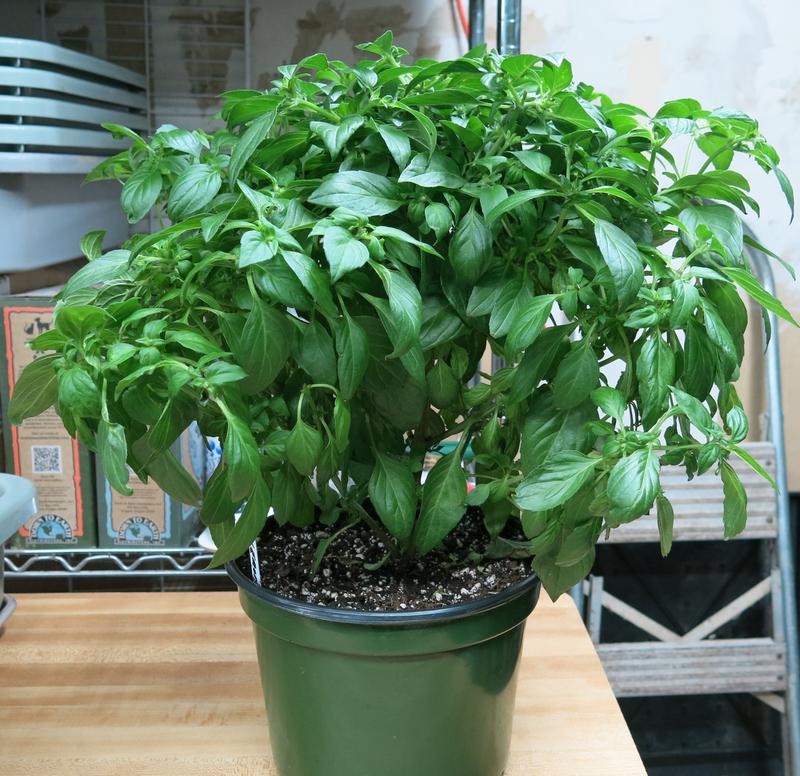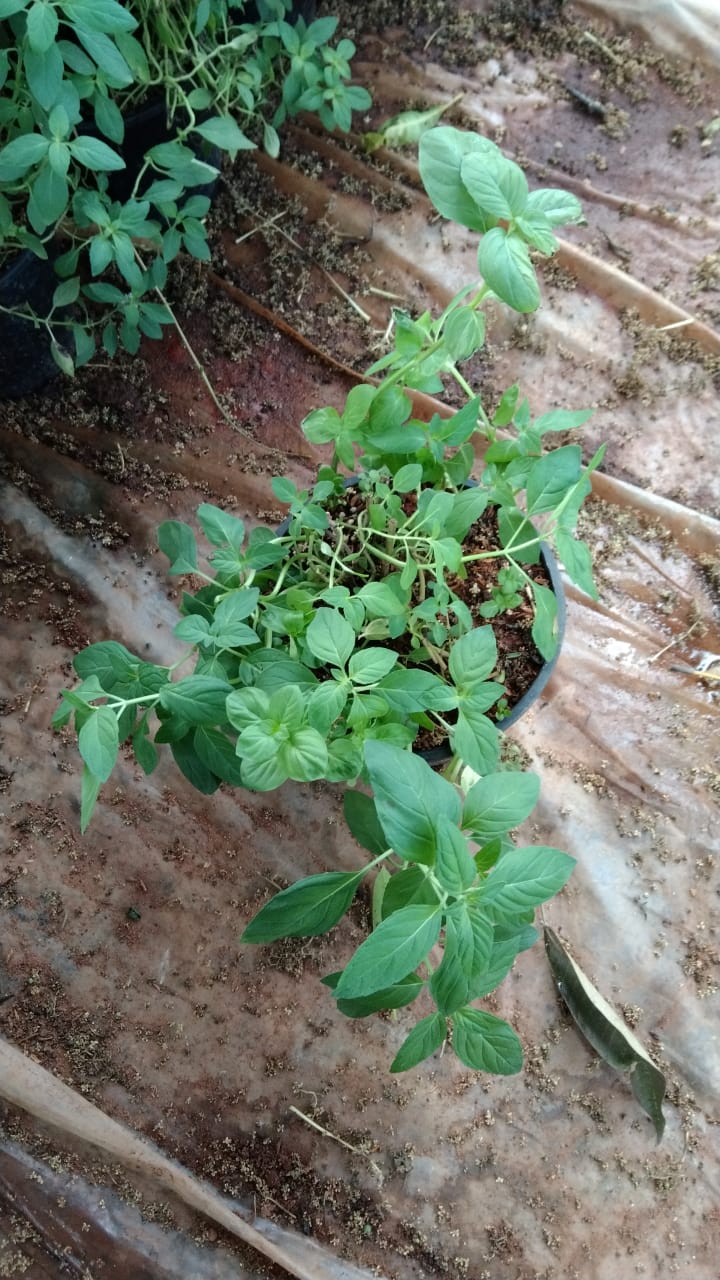Mint is a tasty, versatile herb that can spice up a fruit salad, lamb or fish dish, or even a glass of iced tea or a cocktail. Mint comes in many different varieties, each of which is easy to maintain and lasts for many years if cared for properly. The plant is fairly invasive, however, and may compete with surrounding plants for resources if allowed to grow without restriction. To grow mint, you either need to plant it in containers or find a method of restricting the growth of its roots below ground.
1 Take a cutting from a pre-existing mint plant. Mint is difficult to grow from seed, and it is virtually impossible for some varieties, like peppermint. Cut a 4 inch (10 cm) sprig about ½ inch (1 cm) above a junction to allow new branches to grow in its place. The sprig does not need to have many leaves, and almost any sprig will do. Place the sprig in a glass of water, and remove any leaves that fall below the water line.[1] Within a week, small white roots should appear under water. Wait a few more days to another week to allow the roots to develop into a decent length.
- Add water to the glass as necessary. Make sure that you change the water every four to five days to prevent rot.
-
2Purchase a mint seedling or small mint plant. You can find mint seedlings at most nurseries and garden stores. There are many varieties of mint, such as sweet mint, chocolate mint, spearmint, lemon mint, apple mint, and peppermint. Spearmint is most commonly used for cooking. Mint is a fast-growing, fast-spreading plant and is perfect for one of your first attempts at growing plants.
-
3Find a runner from a current plant. Runners are long stems that grow away from the current plant and set their own roots in the ground. These can be carefully dug up and transplanted. If you have a friend growing mint, the plants will have runners that could be transplanted.
-
Choose the best time for planting the mint. Ideally, you should plant your mint in the spring, or in the fall if you’re in a climate that is free of frost. Though mint is a resilient plant, it’s best to start growing it under optimal conditions.
-
ransplant the seedling or rooted sprig into a container. Potting mint is the most popular way to grow it because you can easily keep it in che
-
ck this way, as well as keeping it close to your kitchen so you can use it frequently. Mint spreads rapidly, and its roots have a tendency to choke out the roots of other plants.[2] As a result, it is often best to plant mint in a container without other plants. Use a 12-to-16-inch wide pot for one plant.
- You should add a water-retaining polymer to the potting soil so that it stays moist and doesn’t dry up. You can also use pearlite or vermiculite instead of a polymer.[3]
-
Plant the rooted sprig or seedling with the roots just below the soil. If planting multiple seedlings, plant them 6 inches (15 cm) apart. This will give each seedling enough room to grow.
-
Choose a location with adequate sunlight. When you plant your mint or place down your potted mint plant, you’ll need to choose an area that receives morning sun and partial afternoon shade. You want the plant to get some light without drying it out completely. Mint grows best in deep, moist soil, so you want to keep it that way. You can even place your mint pot indoors, on a windowsill, as long as it’s in a location that will get enough sunlight.
- Consider the location if you are planting in the ground. If you’re planting it in the ground, then use a damp area with full sun or partial shade.[4] The best conditions for growing mint in the ground require a fertile soil with a pH that is between 6.0 and 7.0. Though it can grow on its own without a problem, a little bit of fertilizer every few weeks won’t hurt it. Make sure that the soil is moist by placing some mulch around the plant’s roots to protect them.[5]
Submerge the container if planting in a flower bed. If you go this route, you should submerge your mint in a container, such as a pot or a mesh bag that is at least 5 inches (about 13 cm) deep. You should leave the rim of the container above ground level so that the plant’s root system will be contained. If you don’t do this, your mint will spread rapidly into places you don’t want it to be.[6]
- You can also plant mint in its own raised bed container, on a bare spot in your garden that you would like to fill in, or section off part of your garden with bricks or timbers to create a barrier for the mint.







Reviews
There are no reviews yet.